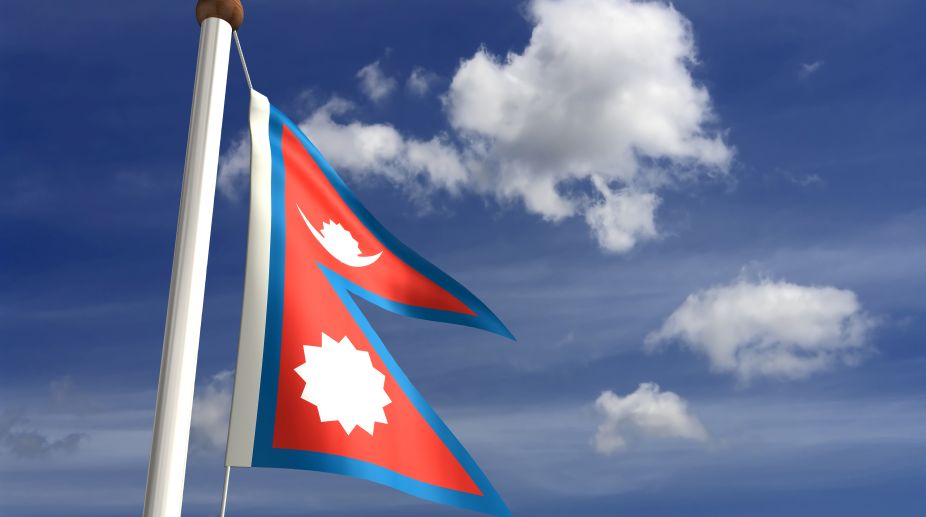Nepal, Qatar agree to increase cooperation in various sectors
The governments of Nepal and Qatar on Wednesday reached agreements on bilateral cooperation in various sectors.

Communist Party of Nepal(PHOTO: Getty Images)
Nepal is no stranger to coalitions, but the critical forward movement at midnight on Sunday has crafted a chapter in the Himalayan country’s political history. Equally is it a watershed in the Communist movement, of a kind that emits a signal to the fellow-travellers in neighbouring India where the Left has shot itself in the foot.
The CPN-UML and CPN-Maoist Centre have concluded a historic merger deal to form a single unified party. The development reinforces the spectacular triumph of the Left in the recent federal and provincial elections in a land that has been tormented by violent ethnicity, spearheaded by the Madhesis. In the net, a new party ~ Communist Party of Nepal ~ has emerged in the democratic spectrum and in a country that was governed by royalty till not too long ago.
Unlike in Bhutan, however, the momentous transition from the palace to an elected Parliament has been a rocky ride for the country, and as often as not at the cost of stability. The five-year dyarchy in governance, that has been envisaged in the agreement, provides for Prime Minister K P Sharma Oli to serve as Head of Government for three years, followed by Pushpa Kamal Dahal Prachanda for the remaining two.
Advertisement
The critical issue of the party’s leadership has been left delightfully vague, but it is generally believed that both Oli and Prachanda will hold the position of ‘Chairman’, and will be presiding over meetings by rotation. In terms of bilateral relations, Mr Oli has been less than friendly towards India ~ preferring China instead ~ in comparison to Prachanda, the PM-in-waiting.
The country seems headed for a concert of Communists, and South Asia can hopefully look forward to a measure of stability that has eluded Nepal ever since the devastating earthquake (April 2016) followed by the ethnic blockade on the India-Nepal border that had disrupted supplies of life’s essentials ~ food and fuel.
Notable also is the ideological underpinning. In an echo of the Left radical movement in India, the guiding principle of the new unified party will be Marxism-Leninism. This clearly is a departure from the existing ideological construct of Nepal’s Communists, namely ‘Maoism and the People’s Democracy for the 21st century’.
The explicit switchover to Marxism-Leninism is an essay towards a redefinition of what the Left calls its “guiding principle”. No less profound is the ideological praxis of the new party. On the anvil is an interim political report and a Constitution to guide the affairs of the unified party, which will strive for “nationalism, democracy and social justice in order to create the basis of socialism”. Given the size of the two parties, the merger is the biggest political experiment of its kind in Nepal’s history, and is expected to have an impact on the political, economic and social spheres.
Advertisement